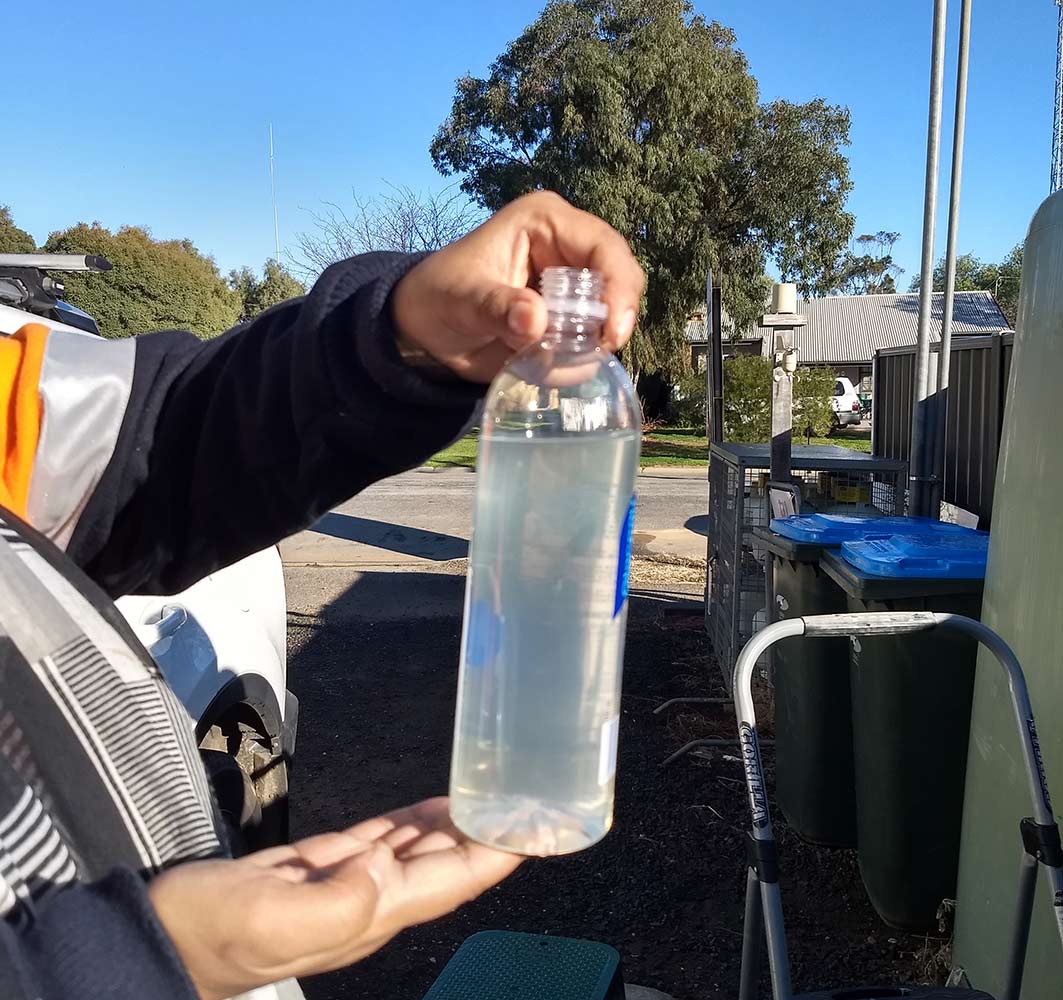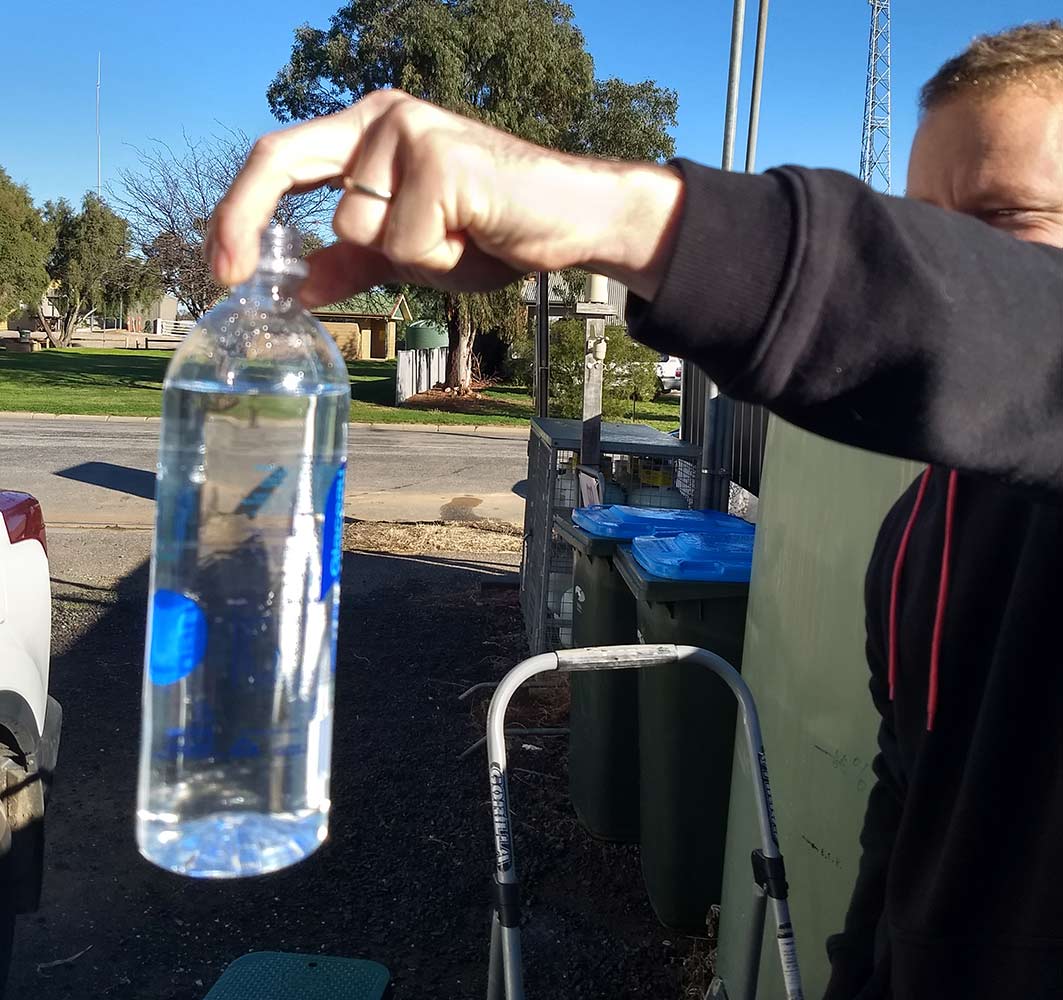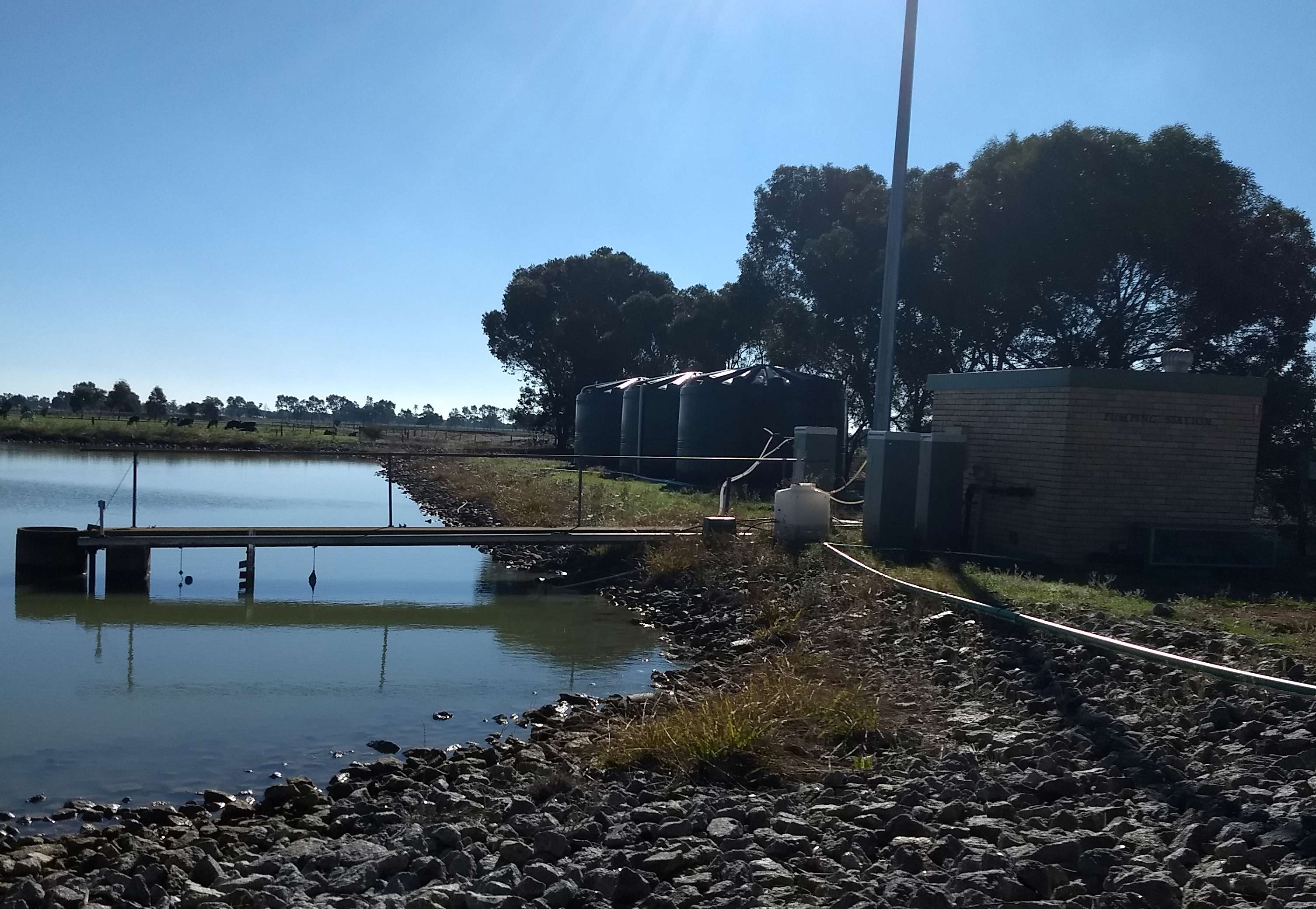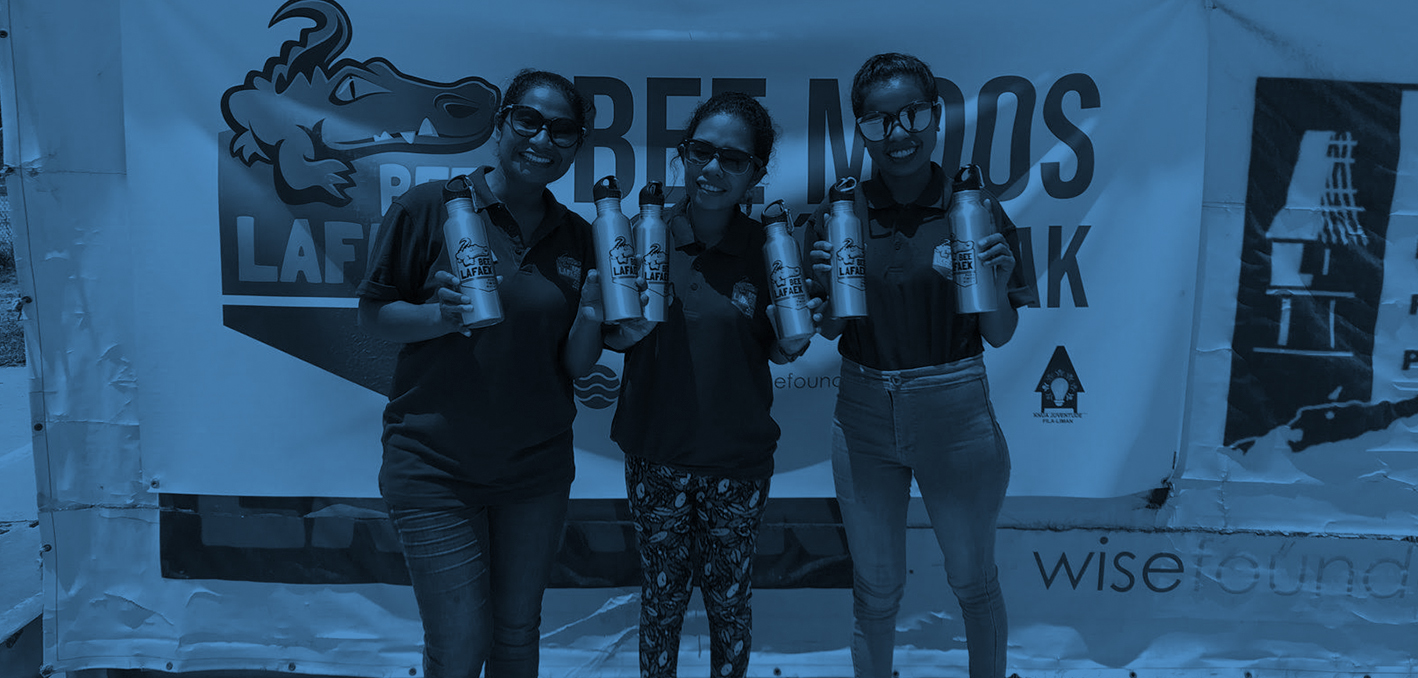

The challenge
Dingee is a small rural town in northern Victoria, Australia and is one of six towns in the area whose water supply must be boiled if it is for human consumption, otherwise it can only be used for washing, showering and watering gardens etc. Some locals have described the water as having the appearance of milky tea.
And this situation is not unique. There are many rural areas within Australia without access to clean drinking water due to the remoteness or distance from major water supply networks.
What Water Source did
Water Source engaged with Water Research Australia to conduct an industry-based trial of the Brolga units. Dingee’s local water authority was part of the consortium which provided trial sites after liaising with the community.
The trial commenced in residents’ homes in late 2017, using a mechanical belt prefiltration system, ultrafiltration and ozone-based disinfection.
Six units were connected to the water supply to homes, while one was connected to the local pub, one to the general store, and two at the main water supply source. Using the units at the water supply source allowed for accelerated trials to gauge robustness and longevity, whereas the units on homes and businesses were to gauge performance under “normal” operations.
Water Source provided operational support and updates to the water authority on the ongoing performance of the units. The trial concluded in 2019.
The results
Water was supplied to homes and businesses allowing trial participants to shower and wash in the clean water. Although the water was of drinking water standards, residents were advised not to drink the water during these trials.
Online data monitoring provided the ability for Water Source to identify water quality issues before the water authority became aware of them, as well as identify maintenance issues that were then able to be addressed before they became more serious.
The trial participants were amazed at the difference in water quality that allowed them to use water in ways they couldn’t before, including watering their garden when previously the sand in the water would wear out their sprinklers. Some even chose to drink the water because the quality was so good.


